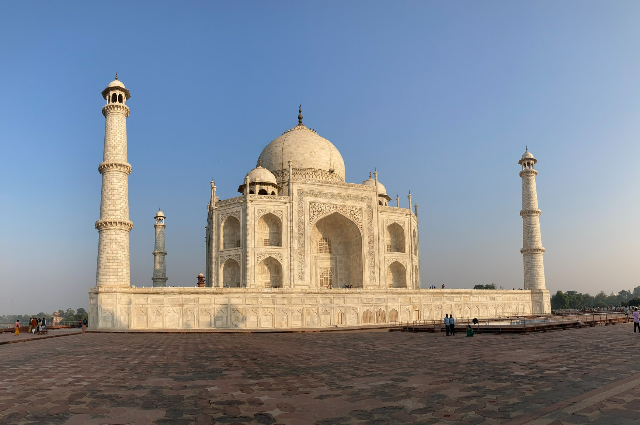
World Heritage Day
April 18th is celebrated as World Heritage Day, also known as International Day for Monuments and Sites. In 1982 ICOMOS (International Council on Monuments and Sites) established April 18 as World Heritage Day followed by UNESCO adoption during the 22nd General Conference.
'Theme for 18 April 2022 is 'Heritage and Climate .'
Objectives:
- It is celebrated to create awareness about monuments and cultural heritage.
- It is safeguarding cultural heritage from all sorts of climate impacts.
- Implementation of risk and disaster management techniques.
- Sustainable development.
- Climate justice and equity.
- Promoting research on Heritage Conservation and Practice
- Promoting low carbon futures
- Supporting people centred approach to preserve cultural heritage.
It also includes: - Empowerment of communities displaced by climate change.
- Low-cost interventions to disaster risk management
- Carbon literacy.
- Heritage and environmental education.
- Socio-economic development of heritage sites
The selected theme of Heritage and Climate offers to respond to questions as how to employ climate justice and equity to protect heritage. it also focuses on equitable protection of vulnerable communities through climate action while responding to U.N Decade of Action.
What is Climate Justice and Equity?
A) Trying to ensure that people and planet are treated fairly in the ways we all try to reduce further climate changes.
Example: reducing fossil fuels and carbon emissions.
B) It addresses division, fair sharing and equitable distribution of the benefits and burdens of climate change.
C) It shares responsibilities to deal with climate change.
Climate change - An Emergency
Natural and Cultural World Heritage Sites are among the world's most precious touchstones and we owe it to the future. Apart from these, we have the Indigenous Heritage and Historical Heritage Sites.
- Climate change is wrecking on natural world heritage from shrinking glaciers to coral bleaching, frequent fires, and droughts to habitat changes.
Example: Great Barrier reef of Australia.

- Climate Change and global warming are affecting all the heritages through temperature changes, soil erosion, floods, storms, acidification, and rising temperatures of oceans.
- Loss of mobility, displacement, territory disturbances, loss of local knowledge is on rise.
- Indigenous communities are affected by health, financial burdens, social and cultural problems, pollution, and disruptions of life.
- Monuments are corroded by pollution .high temperatures. acidification, rising soil and water temperatures, global warming, and acid rains.
- Carbon sinks are under pressure.
- Positive and healthy mindset and culture is eroding.
- Moreover, Heritage Conservation provides good jobs and economic growth.
Strategies to conserve Heritage
- Reduce emissions.
- Addressing needs of vulnerable communities and less developed countries.
- Sustainable management of resources.
- Enhancing greenhouse gas sinks.
- Protection of coastal zones, forests, water bodies, agriculture, and public health.
- Educating common man right from school levels about heritage and environment.

Forests and oceans are heart of Earth. Monuments and sites affirm our identity as people, our culture, and morals.
Be a responsible World Citizen...
. . .
Source:
- www.icomos.org.
- IUCN reports (International Union for Conservation of Nature).
